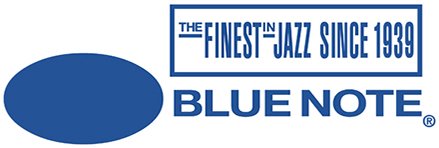Steps
Jimmy Lyons (saxo alto), Ken McIntire (saxo alto, oboe, clarinete bajo), Eddie Gale (trompeta), Cecil Taylor (piano, campana), Henry Grimes y Alan Silva (contrabajo) y Andrew Cyrille (batería). Extraído del álbum Unit Structures (1966) de Cecil Taylor.
Poco después de su primera aparición a mediados de los años cincuenta, el pianista Cecil Taylor fue considerado uno de los improvisadores más radicales y vanguardistas del jazz. Varios años antes de la aparición del free jazz ya empleaba disonancias, líneas fragmentadas de una sola nota, ritmos inconexos y un intenso enfoque de percusión atonal que implicaba tocar el piano como si fuera una batería. Normalmete hacía hincapié en los grupos densos de sonido interpretados con una técnica y resistencia notables. Taylor comenzó a tocar el piano a los seis años, estudió en Nueva York, su ciudad natal, y en Boston, y sus primeras actuaciones fueron con el saxofonista alto Johnny Hodges y el trompetista Hot Lips Page. En 1956 volvió a Nueva York, formó un cuarteto y grabó Jazz Advance, que parece un álbum de jazz convencional, pero cuya música es subversiva. Durante la segunda mitad de los años cincuenta y la década de los sesenta su música se hizo más compleja y se alejó de los estilos de jazz existentes. Le resultaba difícil conseguir conciertos y en los clubes no lo contrataban porque sus largas piezas perjudicaban los negocios. En 1959 grabó el álbum Looking Ahead! mostrando sus innovaciones como creador en comparación con la corriente dominante del jazz utilizando técnicas virtuosas y rápidos cambios estilísticos de frase a frase.
Shortly after his first appearance in the mid-1950s, pianist Cecil Taylor was regarded as one of the most radical avant-garde jazz improvisers. Several years before the appearance of free jazz he already used dissonances, fragmented lines with a single note, unconnected rhythms and an intense approach of atonal percussion involved playing the piano as if it were a drum set. Normally he highlighted dense groups of sound performed with outstanding technique and resistance. Taylor started playing the piano at age six, studied in New York, his hometown, and in Boston, and his first gigs were with alto saxofonist Johnny Hodges and trumpeter Hot Lips Page. In 1956 he returned to New York, formed a quartet and recorded Jazz Advance, which looks like a conventional jazz album, but whose music is subversive. During the second half of the 1950s and the 1960s, his music became more challenging and he moved away from existing jazz styles. He found it difficult to get concerts and clubs didn’t hire him because his long pieces were harmful to their business. In 1959 he recorded the album Looking Ahead! showing his innovations as a creator compared to the mainstream jazz scene using masterful techniques and fast stylistic changes from phrase to phrase.
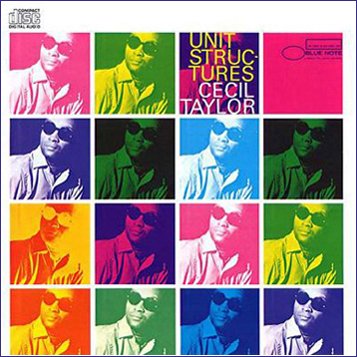
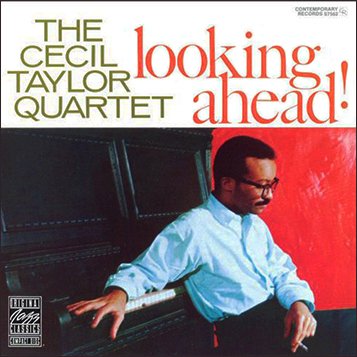

En 1960 y 1961 Taylor trabajó extensamente para el sello Candid, donde toca menos limitado por los cambios de acordes y de compás, pierde su conexión con el bebop, su interpretación tiene texturas más intensas y la separación entre los acordes y las líneas melódicas desaparece por el torrente imparable de su sonido. En 1962 formó su cuarteto Cecil Taylor Unit, que se mantuvo hasta 1986. Hizo una gira por Europa de seis meses e incluso en pleno auge del free jazz su música se consideraba demasiado avanzada. En 1966 grabó el emblemático Unit Structures para Blue Note Records en el que el fluir del compás se libera de la métrica del jazz convencional. A partir de entonces empezó a interpretar conciertos en solitario, varios de los cuales fueron grabados, destacando el álbum Silent Tongues de 1974. En 1979 grabó Cecil Taylor Unit con su grupo, que se había convertido en un sexteto, y se le encargó que escribiera e interpretara una pieza para los bailarines de ballet Mikhail Baryshnikov y Heather Watts. A principios de los años noventa fundó el Feel Trio y en el 2006 Chris Felver filmó el documental All the Notes sobre él. Murió en Brooklyn en el 2018 a la edad de 89 años.
In 1960 and 1961 Taylor worked extensively for the Candid label, where he plays less limited by chords and beat changes, loses his connection with bebop, his playing has more intense textures and the separation between chords and melodic lines disappears through the unstoppable flood of his sound. In 1962 he founded his quartet Cecil Taylor Unit, which remained until 1986. He toured Europe for six months and even at the height of free jazz his music was regarded as too advanced. In 1966 he recorded the emblematic Unit Structures for Blue Note Records in which the flow of the beat is released from the metric of conventional jazz. From then on he began to play solo concerts, several of which were recorded, most notably the 1974 album Silent Tongues. In 1979 he published Cecil Taylor Unit with his group, which had become a sextet, and was asked to write and perform a piece for the ballet dancers Mikhail Baryshnikov and Heather Watts. In the early 1990s he founded the Feel Trio and in 2006 Chris Felver filmed the documentary All the Notes about him. He died in Brooklyn in 2018 at the age of 89.
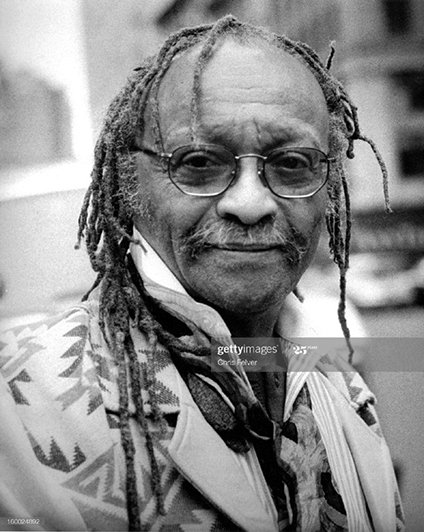
En la introducción, Lyons y McIntire mantienen un diálogo de sordos mientras el resto del grupo toca de forma libre. En un momento determinado, Lyons y McIntire exponen el tema tocando una melodía extraña al unísono. El primero en presentar su solo es Lyons con frases muy rápidas y continuas sin ningún patrón rítmico ni armónico. Mientras tanto, Taylor toca de forma aleatoria las teclas del piano sin crear frases y Cyrille golpea la batería sin orden. McIntire le sigue con un discurso muy similar tocando de forma espontánea líneas melódicas sin sentido que interpreta dejando libre su imaginación. El siguiente en intervenir es Cyrille, que se queda en dueto con Taylor estableciéndose una fuerte conexión entre ellos. Luego se incorpora Grimes tocando el contrabajo con el arco o con pizzicato y Taylor hace sonar el piano de manera caótica sin descanso. Luego Lyons esboza un par de frases y Cyrille termina la composición.
In the introduction, Lyons and McIntire have a deaf dialogue while the rest of the group plays freely. At a certain point, Lyons and McIntire expose the theme playing a strange melody in unison. The first one to present his solo is Lyons with very swift and continuous phrases with no rhythmic or harmonic pattern. Meanwhile, Taylor randomly plays the piano keys without creating phrases and Cyrille hits the drums out of order. McIntire follows him with a very similar discourse spontaneously playing melodic lines without meaning that he interprets leaving his imagination free. The next to intervene is Cyrille, who stays in duet with Taylor establishing a strong connection between them. Then Grimes joins in playing the double bass with the bow or with pizzicato and Taylor strikes the piano in a chaotic way without a break. Then Lyons outlines a couple of sentences and Cyrille ends the composition.
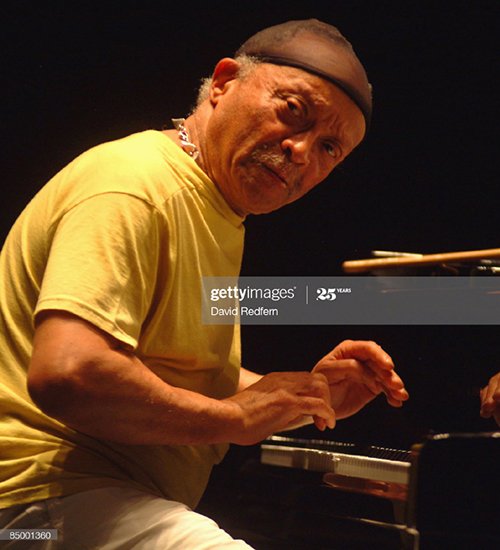
Translated with the help of DeepL

Enter, Evening
Jimmy Lyons (saxo alto), Ken McIntire (saxo alto, oboe, clarinete bajo), Eddie Gale (trompeta), Cecil Taylor (piano, campana), Henry Grimes y Alan Silva (contrabajo) y Andrew Cyrille (batería). Extraído del álbum Unit Structures (1966) de Cecil Taylor.
Esta pieza musical es una especie de balada que empieza con Lyons, Gale con sordina, Taylor y McIntire con el oboe. Luego se incorpora Grimes tocando con el arco y entre todos crean un ambiente enigmático que poco a poco va subiendo de intensidad. De repente se hace el silencio y Gale, Taylor y Grimes vuelven a bajo volumen, y al cabo de un rato Silva entra también tocando el contrabajo con pizzicato. A continuación Gale y Grimes se quedan solos interpretando frases muy rápidas que casi no se oyen. Después se retira Gale y entran Taylor y McIntire, creando un trío con Grimes que toca también de forma vertiginosa. Después se crea un cuarteto con Lyons, Taylor, Silva y Cyrille ofreciendo un discurso más calmado, pero luego se retira Lyons y Taylor toma las riendas mostrándose más percusivo. Al final se juntan todos en completo desorden hasta el final.
This musical piece is a kind of ballad that begins with Lyons, Gale with mute, Taylor and McIntire with the oboe. Some time later Grimes joins in playing with the bow and together create an enigmatic environment that gradually increases in intensity. Suddenly there’s a silence and Gale, Taylor and Grimes come back at a low volume, and after a while Silva also enters playing the double bass with pizzicato. Then Gale and Grimes are left alone delivering very quick phrases that are hardly heard. Next Gale leaves and Taylor and McIntire come in, creating a trio with Grimes that also plays at a breathtaking pace. After that, a quartet is created with Lyons, Taylor, Silva and Cyrille offering a calmer speech, but then Lyons retires and Taylor takes the reins and gets more percussive. Lastly they all come together in complete disorder until the end.
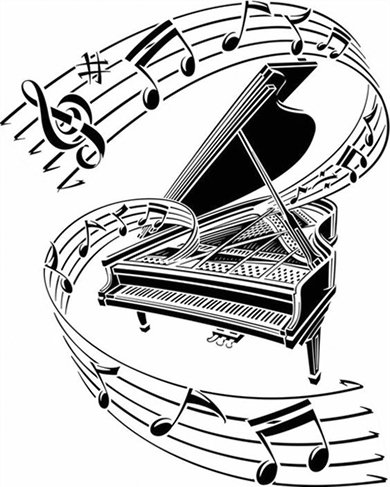
℗ Blue Note Records
